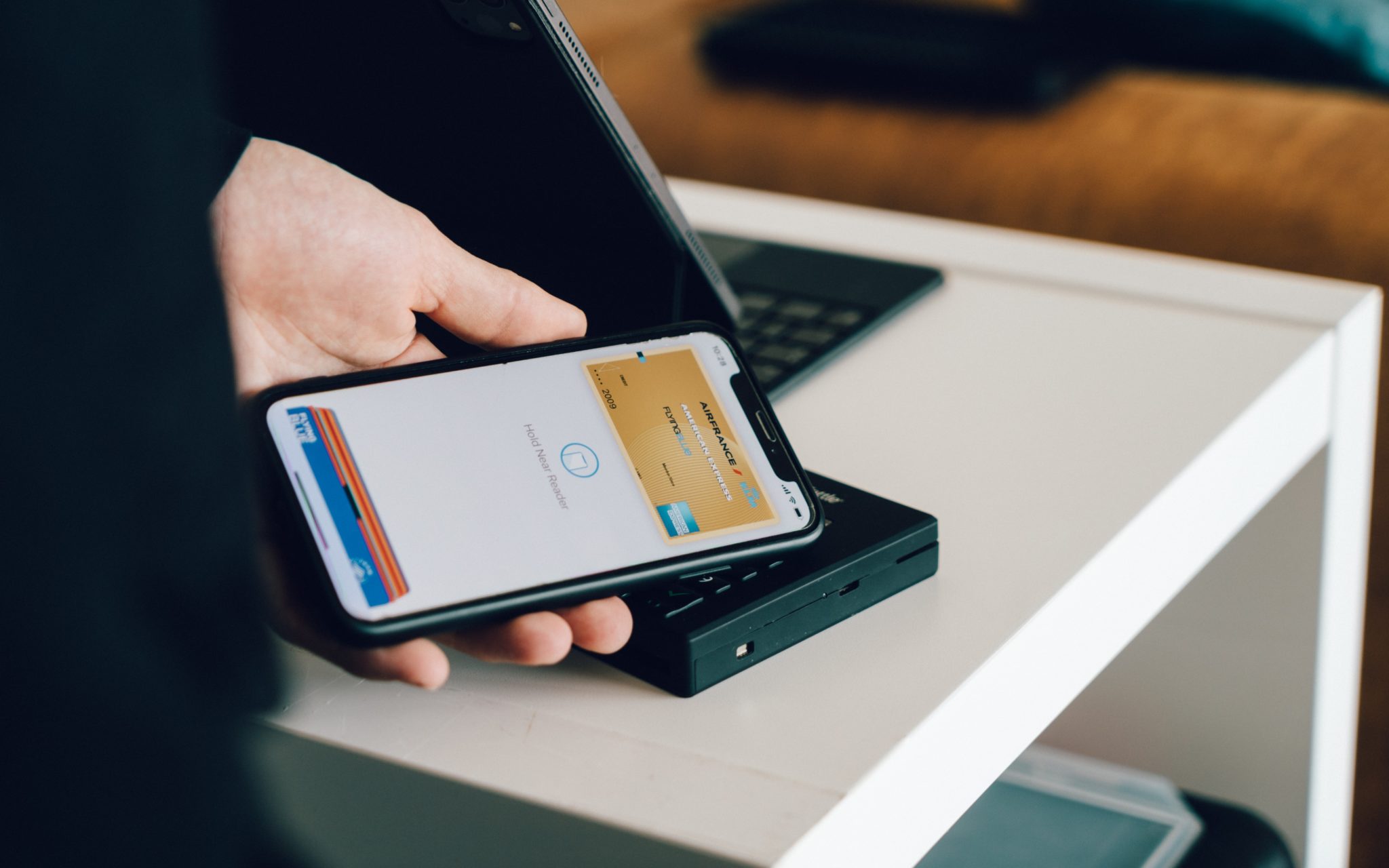By Laura Figueroa
We’re a quarter of the way through 2022, and museums – like all businesses today – continue to have several challenges to navigate. The ongoing pandemic now paired with global conflict and inflation affects museums and patrons. After two years of COVID and periods of lockdowns and museum closures, many people are itching to get back into visiting museums. Aside from these challenges, there are also cultural and technological trends and advances that will continue to affect the museum landscape. These are three museum trends we predict for the rest of 2022 and the years to come.
Immersive Technology
 It’s been exciting to see how museums have incorporated augmented reality and virtual reality into their exhibits. The museums that have dared to dabble in these trends have attracted more visitors, re-engaged past patrons, and gained media coverage. There are many examples for you to look to for inspiration if you’re thinking about how these cutting-edge technologies could work for your museum. MoMA has introduced an AR iPhone app to make visitors feel like art is coming off the walls and see floating images and brush strokes come to life. A few years ago, The Smithsonian used VR for an exhibit that allowed people to feel like they were experiencing the Burning Man Festival in real-life. There are so many opportunities to experiment with AR and VR in the museum setting and we predict more organizations will continue adding these technologies to their exhibits.
It’s been exciting to see how museums have incorporated augmented reality and virtual reality into their exhibits. The museums that have dared to dabble in these trends have attracted more visitors, re-engaged past patrons, and gained media coverage. There are many examples for you to look to for inspiration if you’re thinking about how these cutting-edge technologies could work for your museum. MoMA has introduced an AR iPhone app to make visitors feel like art is coming off the walls and see floating images and brush strokes come to life. A few years ago, The Smithsonian used VR for an exhibit that allowed people to feel like they were experiencing the Burning Man Festival in real-life. There are so many opportunities to experiment with AR and VR in the museum setting and we predict more organizations will continue adding these technologies to their exhibits.
Traveling Exhibits
Pop-up shops have become increasingly trendy over the past few years, so it only makes sense that museum attractions are trying too. Time sensitivity creates a sense of urgency that inspires people to make a purchase or try an experience before it’s too late and they miss out. By having an installation in a city for a short period of time, you’re likely to see an influx of visitors. For example, a Van Gogh exhibition has been held across the globe over the past year. Different iterations of the show are happening in various cities that showcase Vincent Van Gogh’s work for a set period of time. A worldwide tour is challenging to operate, but you can consider how you could create different pop-ups in your community to create new experiences for fans of your museum.

At-home Experience
While there are plenty of people ready to be in the museum setting again, there are also just as many who aren’t able or aren’t willing to be at in-person events again. Because of this, lots of museums are continuing to offer experiences that people can enjoy from the comfort of home. It’s a trend that started during museum closures in 2020 but it’s a practice that’s alive and well in 2022. Virtual tours and showcasing digital versions of your collections on your website are two ways to connect with patrons virtually. Apps are another avenue for you to create immersive at-home experiences. The Smithsonian created the Skin and Bones augmented reality app for visitors to bring animal skeletons to life in the Bone Hall exhibit. However, the app can also be used at home to play games, watch videos, and experience augmented reality. Giving people the option to experience your museum virtually is an effective way to pique their interest, encouraging them to come see it all in person later on down the road. We don’t see this museum trend going away anytime soon.
Running a successful museum that can pivot to quickly adapt to today’s trends requires a solid foundation. A core part of that foundation is a POS that can keep up and handle the demand. Our business solutions are equipped with the tools to help you manage inventory, print and process tickets, and handle high volume with ease. Contact our team to see a demo.



